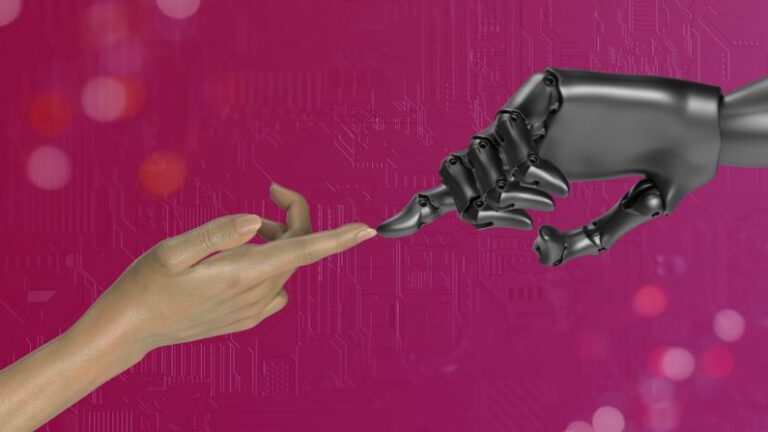Exoskeletons for Enhanced Strength and Mobility
Exoskeleton technology has stepped out of the realms of science fiction and into reality, offering a promising future for enhancing human strength and mobility. These wearable robotic devices are designed to provide support, increase endurance, and improve overall performance for various applications, from medical rehabilitation to military use. Let’s delve into the world of exoskeletons and explore their potential to revolutionize the way we move and work.
The Evolution of Exoskeleton Technology
The concept of exoskeletons has been around for decades, initially developed for military purposes to enhance soldiers’ strength and carrying capacity. Over time, advancements in materials, sensors, and robotics have led to the creation of more sophisticated exoskeletons with a wide range of applications.
Medical Rehabilitation
One of the most significant applications of exoskeleton technology is in medical rehabilitation. Exoskeletons can assist individuals with mobility impairments, such as those who have suffered spinal cord injuries or strokes, in regaining the ability to walk. These devices provide support and assistance to help patients improve their muscle strength and coordination through repetitive movement.
Enhancing Industrial Work
Exoskeletons are also being utilized in industrial settings to reduce the physical strain on workers performing repetitive or strenuous tasks. By providing additional support to the wearer’s muscles and joints, exoskeletons can help prevent injuries and fatigue, ultimately improving productivity and reducing the risk of musculoskeletal disorders.
Sports Performance
Athletes and sports enthusiasts are increasingly turning to exoskeletons to enhance their performance and training regimes. These devices can provide additional power and support during workouts, allowing users to push their limits and achieve new personal bests. From running to weightlifting, exoskeletons offer a competitive edge to those looking to elevate their athletic abilities.
Military Applications
Exoskeleton technology continues to play a crucial role in military applications, where enhanced strength and endurance can make a significant difference in the field. These devices can assist soldiers in carrying heavy loads over long distances, traversing challenging terrains, and improving overall mission efficiency. By reducing the physical strain on troops, exoskeletons enhance their operational effectiveness and safety.
The Future of Exoskeletons
As exoskeleton technology continues to evolve, the possibilities for its applications are virtually limitless. Researchers are exploring new ways to integrate artificial intelligence and advanced sensors to create more intuitive and responsive exoskeletons. These next-generation devices have the potential to adapt to the wearer’s movements in real-time, providing a seamless and natural extension of the human body.
The Rise of Personal Exoskeletons
With the advancement of technology and a growing demand for personalized solutions, personal exoskeletons are becoming more accessible to the general public. These wearable devices offer individuals the opportunity to enhance their strength and mobility for everyday activities, such as walking, climbing stairs, or lifting objects. Whether for rehabilitation, work, sports, or leisure, personal exoskeletons empower users to overcome physical limitations and lead more active lives.
Conclusion: A New Era of Enhanced Human Performance
Exoskeleton technology represents a new era of enhanced human performance, where wearable robotics can augment our strength and mobility in ways previously unimaginable. From medical rehabilitation to industrial work and sports training, exoskeletons are reshaping the possibilities of what the human body can achieve. As research and development in this field continue to progress, we can expect to see even more innovative applications that will revolutionize the way we move, work, and live. Embracing the potential of exoskeletons opens up a world of opportunities for individuals seeking to push their physical boundaries and unlock new levels of capability.






